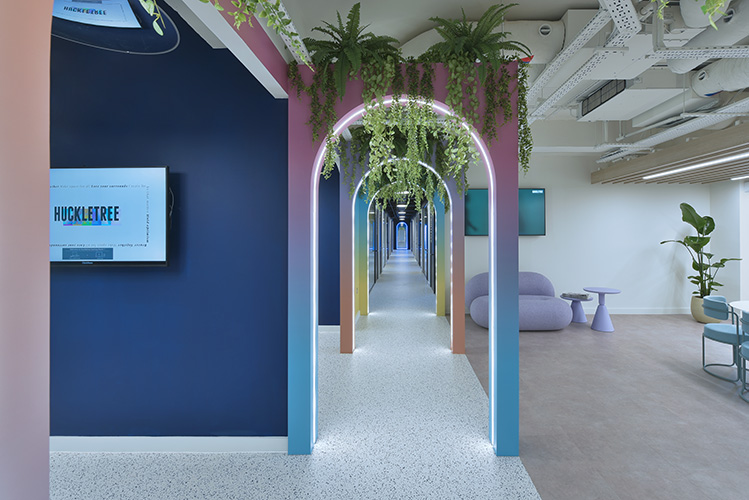In today’s fast-paced corporate world, the design and ambiance of an office workspace play a pivotal role in employee well-being, productivity, and overall business success.
One design trend that has gained significant traction in recent years is biophilic design. Rooted in the concept of ‘biophilia’—a term popularised by biologist E.O. Wilson, which refers to the innate human connection to nature—biophilic design integrates natural elements into built environments.
But how can businesses adopt this design trend without breaking the bank? Enter the value engineering approach, guided by the expertise of a cost consultant.
Understanding Biophilic Design
Biophilic design goes beyond merely placing a few potted plants around the office. It’s about creating spaces that evoke the essence of nature, be it through natural lighting, organic materials, or the incorporation of natural landscapes. The goal is to foster a deeper connection between occupants and the natural world, even within urban settings.
A study by the Human Spaces report found that employees in workspaces with natural elements, such as greenery and sunlight, reported a 15% higher level of well-being and were 6% more productive. Furthermore, they were 15% more creative. These statistics underscore the tangible benefits of biophilic design for businesses.
The Role of Value Engineering
While the advantages of biophilic design are clear, the costs associated with a complete office overhaul can be daunting. This is where value engineering comes into play. Value engineering is not about cutting costs but optimising them. With the guidance of a cost consultant, businesses can prioritise design elements that offer the highest return on investment, both in terms of employee well-being and financial gains.
For instance, instead of opting for expensive wall installations, a cost consultant might recommend vertical gardens or green walls that serve a dual purpose: they act as natural air purifiers and are visually appealing. Similarly, instead of high-end wooden furnishings, reclaimed wood or sustainable materials might be suggested, offering both an eco-friendly and cost-effective solution.
Plants to Include in Biophilic Office Design
When it comes to selecting plants for the office, it’s essential to choose species that are both aesthetically pleasing and easy to maintain. Here are some top recommendations:
- Snake Plant (Sansevieria): Known for its ability to purify air, the snake plant is low-maintenance and thrives in low light conditions.
- ZZ Plant (Zamioculcas zamiifolia): With its glossy leaves and resilience to neglect, the ZZ plant is perfect for busy office settings.
- Pothos (Epipremnum aureum): This trailing plant can be hung or placed on shelves, adding a touch of greenery without occupying floor space.
- Rubber Plant (Ficus elastica): A statement piece, the rubber plant can grow tall and is known for its air-purifying qualities.
- Peace Lily (Spathiphyllum): Not only does it bloom beautiful white flowers, but the peace lily also helps in removing indoor air pollutants.
In Conclusion
Biophilic design, when approached with a value engineering mindset, offers businesses a pathway to create office spaces that resonate with human nature, boost productivity, and remain cost-effective. By leveraging the expertise of a cost consultant and prioritizing design elements, businesses can achieve a harmonious blend of nature and workspace design. In an era where employee well-being is paramount, biophilic design, rooted in the principles of biophilia, emerges as a sustainable and valuable solution for modern office workspace design.
Get in touch with our team today to see how we can help improve your office space through the introduction of planting.


Recent Comments